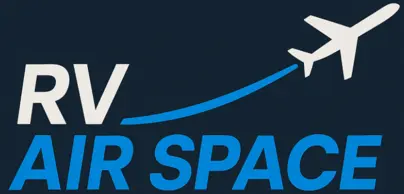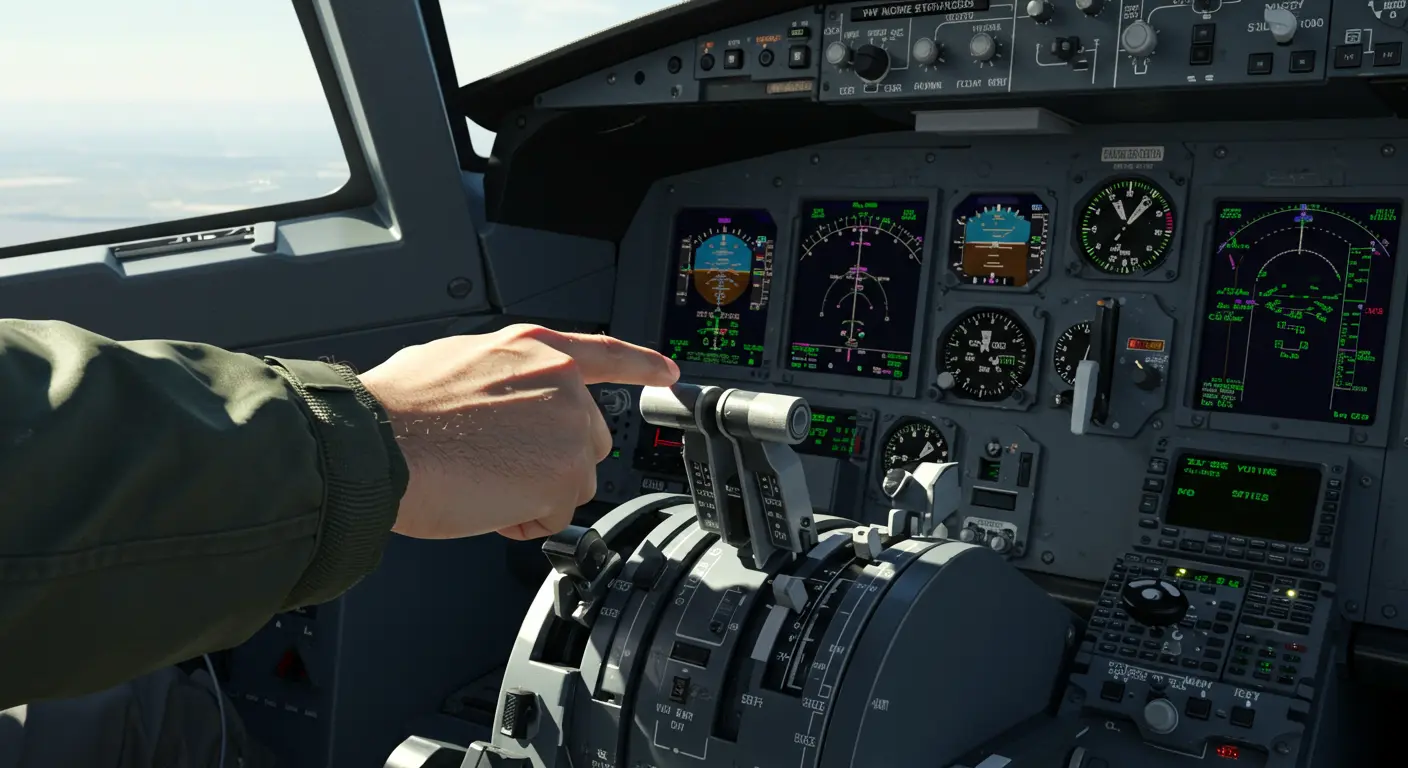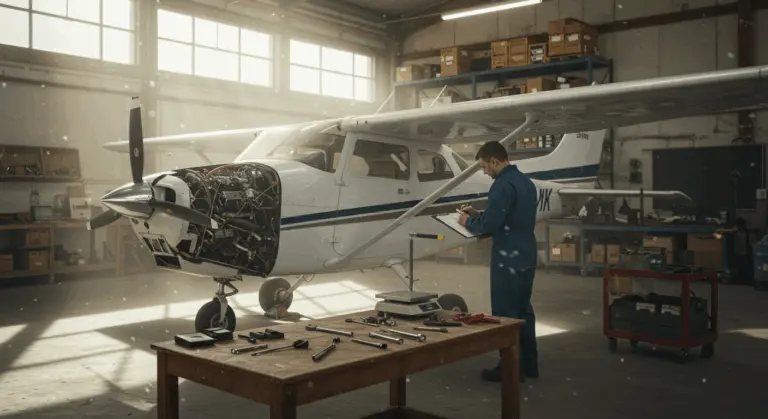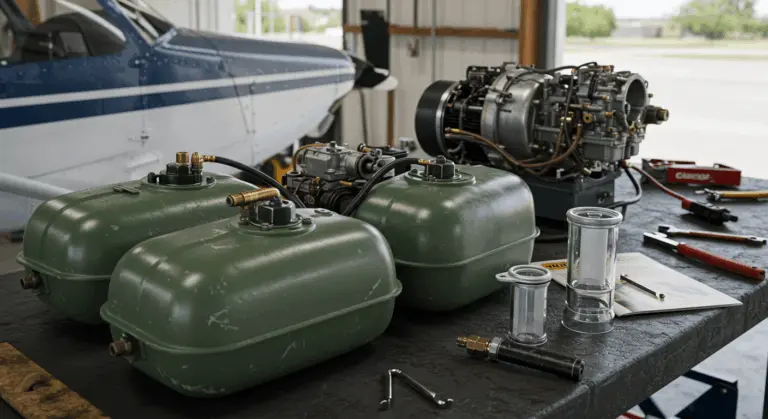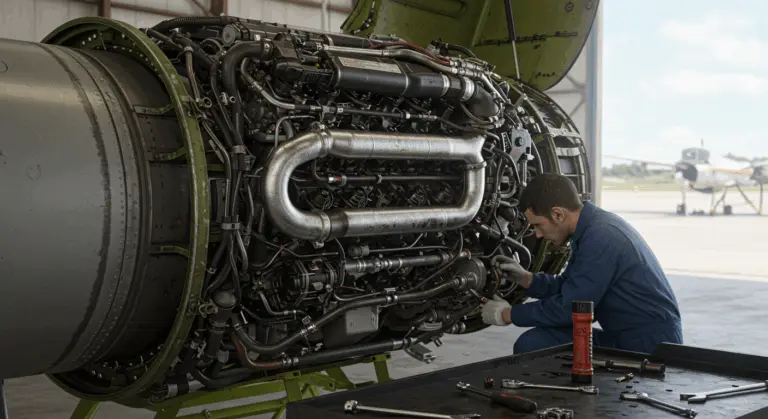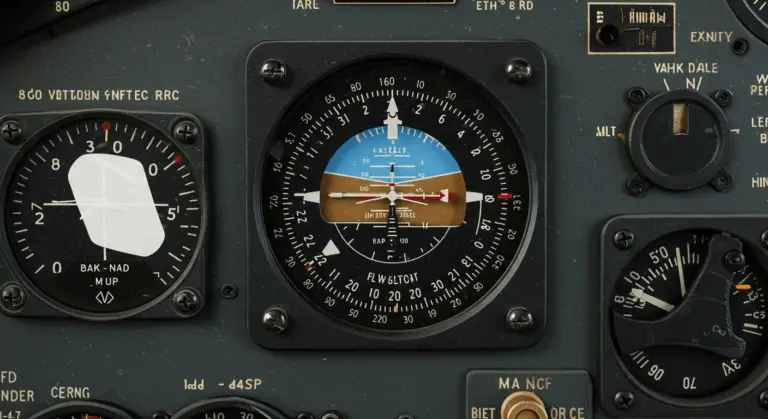Yaw Damper Meaning – Definition and Function Explained
What is a Yaw Damper?
Consider it a dedicated autopilot exclusively for yaw control—constantly making subtle, automatic rudder adjustments to counteract oscillations and prevent unwanted lateral swaying.
Servo mechanisms drive the rudder based on precise inputs from gyroscopes and accelerometers. These sensors monitor the aircraft’s yaw rate around its vertical axis, instantly triggering corrective responses. Pilots benefit from what functions as an automated pair of feet on the rudder pedals. The workload reduction is substantial.
Large aircraft and swept-wing designs operating at high speeds rely on yaw dampers to combat “Dutch roll”—a dangerous oscillatory pattern of rolling and yawing movements. By automatically countering these destabilizing effects, yaw dampers enhance both safety and passenger comfort.
How Yaw Dampers Work
Gyroscopic sensors and accelerometers serve as the system’s sensors, continuously monitoring every nuance of the aircraft’s yaw and roll behavior. Even minute unwanted movement triggers these sensitive instruments to relay critical data to the flight control computer.
When detecting unwanted yaw movement, the system quickly calculates the optimal response and commands the rudder actuator. Human pilots might overcompensate or react sluggishly—yaw dampers don’t. They respond with exceptional speed and precision, applying corrections in increments far smaller than manual control allows.
An important distinction: yaw dampers excel at dampening oscillations, not coordinating turns. They resist unwanted yaw movements rather than centering slip indicators, preserving directional stability while keeping other flight controls free to operate independently.
Interestingly, rail transport employs similar technology—yaw dampers serve as transverse-mounted shock absorbers. They prevent excessive side-to-side swaying of railcars, which is crucial for maintaining safe clearance at station platforms and improving passenger safety.
Components of a Yaw Damper System
A yaw damper system integrates several key components:
-
Sensors: Gyroscopes and accelerometers continuously monitor the aircraft’s yaw rate and detect minute, unwanted movements.
-
Flight Control Computer: This central processor analyzes sensor data, calculates the necessary corrections, and sends commands to the actuator.
-
Servo Motor (Actuator): A servo motor receives commands from the computer and physically moves the rudder with a speed and precision beyond human capability.
-
Support Components: The system also includes signal conditioners to process sensor data, a dedicated power supply, and redundant backup systems to ensure reliability and safety.
These integrated components create a system capable of automatically neutralizing Dutch roll and various yaw oscillations. The result? Excellent directional stability, enhanced safety, improved passenger comfort, and dramatically reduced pilot workload.
The Importance of Yaw Dampers in Aviation
In turbulence or adverse weather conditions, yaw dampers become essential safety systems. They maintain directional stability by keeping the aircraft on its intended flight path, reducing the risk of control loss.
Beyond safety, yaw dampers greatly improve passenger comfort. They eliminate those unsettling side-to-side oscillations that can trigger nausea or dizziness—particularly valuable during bumpy conditions.
Commercial airliners treat yaw dampers as essential equipment. Given the tremendous speeds and massive scale of these aircraft, stability is absolutely essential for passenger safety.
Pilots value how yaw dampers streamline aircraft handling, automatically compensating for adverse yaw during turns. The result is enhanced maneuver precision and coordination with minimal rudder input required. Workload reduction follows naturally.
Business aviation demands high standards for both comfort and safety—making yaw dampers essential. They ensure private and corporate flights deliver a premium, smooth experience by combining enhanced safety with refined flight characteristics.
Yaw Dampers and Dutch Roll
Dutch roll represents one of aviation’s significant aerodynamic challenges, especially for swept-wing aircraft. This complex motion involves: an aircraft rolls one way while simultaneously yawing the opposite direction, creating oscillations reminiscent of Dutch ice skaters’ characteristic side-to-side gliding—hence the evocative name. Without intervention, these oscillations can intensify, leading to significant handling difficulties and passenger discomfort.
Yaw dampers address this problem directly. They deliver precise rudder inputs with speed and accuracy beyond human capability. The oscillation is neutralized so quickly that passengers often remain blissfully unaware.
Large, swept-wing aircraft—think airliners and business jets—are inherently susceptible to Dutch roll at high altitudes and speeds, making this technology essential. Without yaw dampers, these aircraft would face significant stability challenges.
Should yaw dampers fail, pilots must resort to specific compensatory techniques. The solution involves Reduced speeds and lower altitudes—a deliberate aerodynamic adjustment. Slower flight reduces outer wing lift generation and corresponding drag, effectively blocking the opposing yaw movement that triggers Dutch roll. This technique, while effective, highlights how crucial automated yaw dampers are to normal high-speed, high-altitude operations.
Modern aircraft design considers yaw damper technology essential safety equipment. Today’s automatic control systems have achieved remarkable sophistication—they prevent Dutch roll from developing rather than merely correcting it afterward. This proactive capability represents a significant advance in flight control technology, relegating Dutch roll’s characteristic oscillations to theoretical concern rather than practical threat for today’s air travelers.
Future of Yaw Damper Technology
The future of yaw damper technology centers on several key innovations:
-
Predictive Algorithms: Advanced sensors and predictive algorithms will anticipate and preemptively correct for Dutch roll before it begins.
-
Adaptive Systems: Intelligent dampers will dynamically adjust their responses based on real-time flight conditions like speed, altitude, and turbulence for optimal performance.
-
Advanced Materials: Lighter, more durable composites and alloys will reduce system weight while improving reliability and service life.
-
Greater Integration: Yaw dampers will work within a holistic stability network, sharing data with pitch, roll, and thrust controls for a more coordinated response.
-
Artificial Intelligence (AI): Machine learning will enable systems to learn from flight data, continuously optimizing performance and even predicting maintenance needs.
These advancements ensure that yaw dampers will remain vital to aviation safety and comfort for decades to come.
